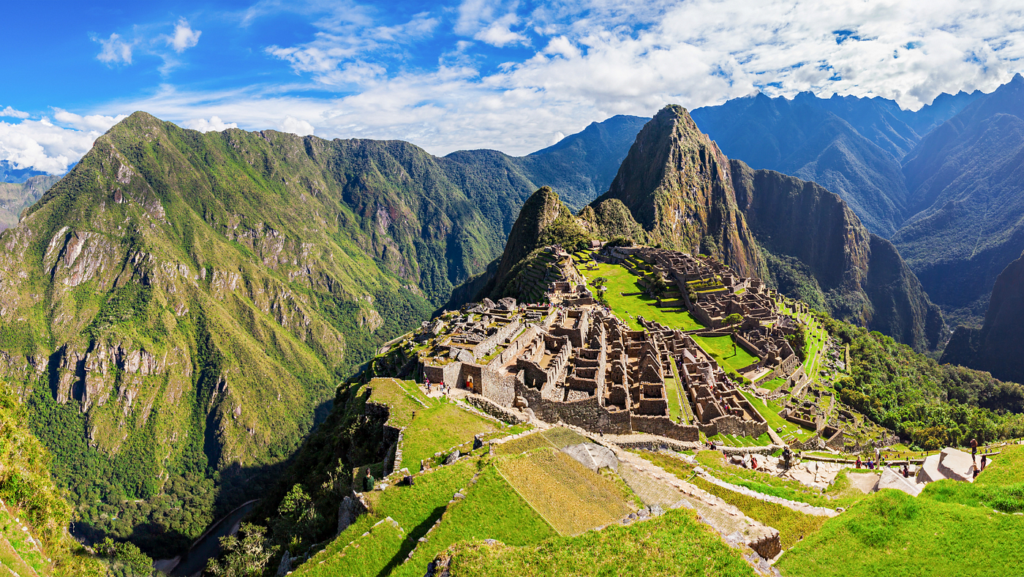Spanish Colonization of Peru





Material Basis: The Incas had built the largest empire in the world in the 1500s. Spanish conquistador Francisco Pizarro, in search of gold, led a small group of men to take over the Incan empire in 1532. Peru was particularly appealing due to the wealthy and prosperous empire, and easy to take over as the empire was at a weak point. Atahualpa, the last Incan emperor, was held for ransom by the Spanish colonizers, managing to accumulate an entire room full of gold, silver, and other treasures over the span of eight months. After eventually killing the emperor, the Spanish set off to conquer Cuzco; a land with vast golden treasures. Once the empire was taken over, indigenous people were forced into enslavement and labor.
Political and Judicial Basis: As the Incan empire was being conquered, the empire was politically fragile, the people had no strong loyalty to preserve the empire, the Incas were fighting amongst themselves, the empire was divided into factions, and the Incas were recently hit with an epidemic of European diseases. Facing a time of internal struggles, colonizers were able to establish themselves with more ease. After receiving his ransom, Pizarro had observed the loyalty of Incan people to their leader and decided that Atahualpa’s death was the best way to win total defeat of the Incas, weakening the morale of the people. After conquering Cuzco, local people helped out by providing supplies and support to the Spaniards. Pizarro set up puppet rulers to ensure the state did not collapse from within while he set about to conquer the rest of the empire.
Ideological Foundation: In battle, the Spaniards were equipped with superior weaponry and technology. The empire was taken over in a time of European absolutism, a period in which European lifestyles were seen as superior, and therefore the Spanish felt entitled to colonizing others. Additionally, conversion to Christianity was a commonly used rationale for forcing others into submission with Christianity being seen as a superior religion. Also, Incas believed in a total renewal or ‘turning over of time and space’, imposing their own lifestyles and beliefs on to others. It is easy to morally justify colonizing a group of people who are also colonizers that once stole wealth and imposed foreign religion onto others.
https://www.worldhistory.org/article/915/pizarro–the-fall-of-the-inca-empire/
https://www.britannica.com/topic/Western-colonialism/Spains-American-empire
https://www.sapiens.org/archaeology/peruvian-colonial-mines/